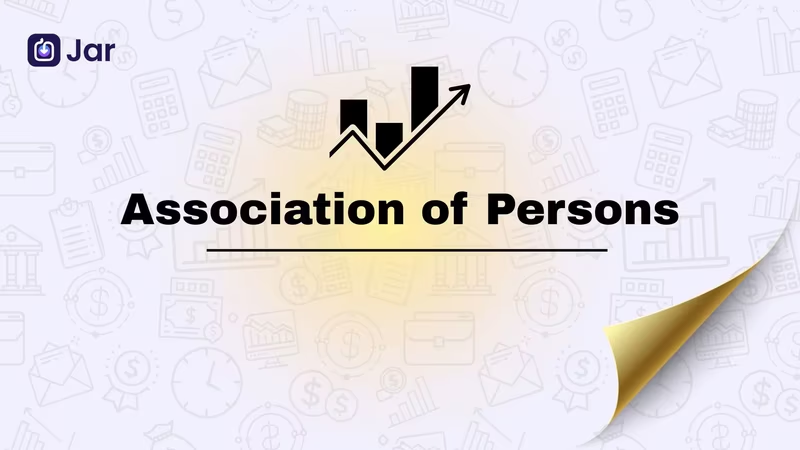The AOP full form is Association of Persons. It refers to a group of individuals who come together with a common purpose to earn income or carry out an activity.
Unlike a company or partnership firm, an AOP is not necessarily formed by a formal agreement.
It can be created when two or more people voluntarily work together to generate profit or income.
AOP in Finance
AOP in finance simply means an arrangement where two or more people voluntarily combine their efforts and resources to achieve a common financial goal.
The members of an AOP share profits and losses in proportions decided among themselves. This setup is often seen in small joint ventures, investment groups, or partnerships formed for a particular project.
Structure and Formation
An AOP can be formed through a written agreement or an informal understanding. There is no rigid structure or mandatory registration requirement.
Members decide their roles, responsibilities, and the terms of profit-sharing. This flexibility makes AOPs suitable for both short-term and long-term collaborations.
AOP in Income Tax
AOP in income tax is treated as a separate taxable unit. The income earned by the AOP is assessed and taxed either at the level of the association or in the hands of its members, depending on how the income is distributed.
If the individual shares of the members are not defined, the AOP may be taxed at the maximum marginal rate.
AOP Example
A simple AOP example can be three freelancers joining together to complete a project and share the earnings equally. Even though they are not a registered firm, they form an AOP for that activity.
In a nutshell, understanding AOP helps individuals and small groups manage tax obligations effectively and stay compliant with income tax regulations.










